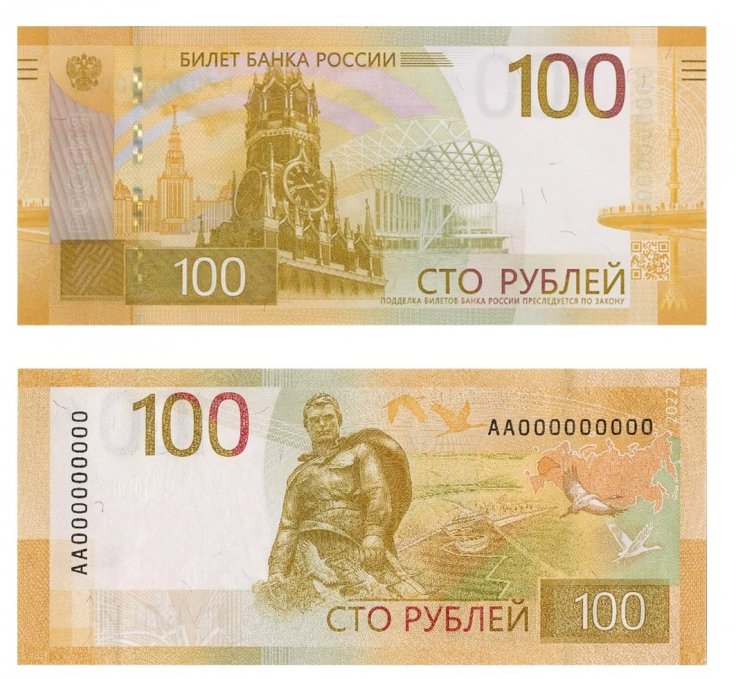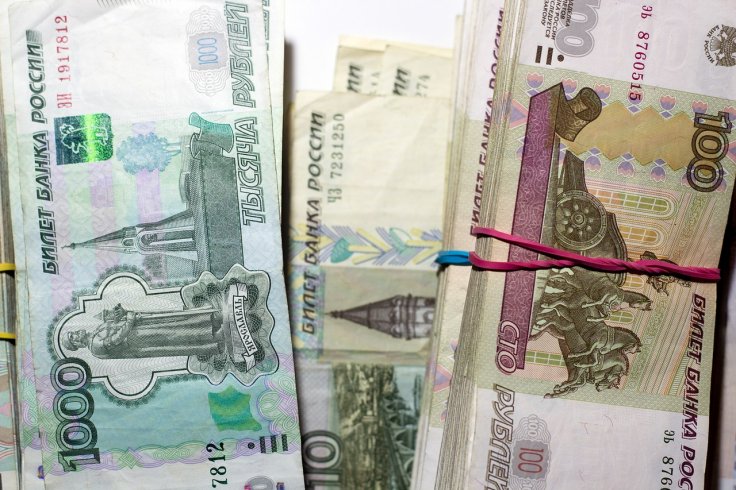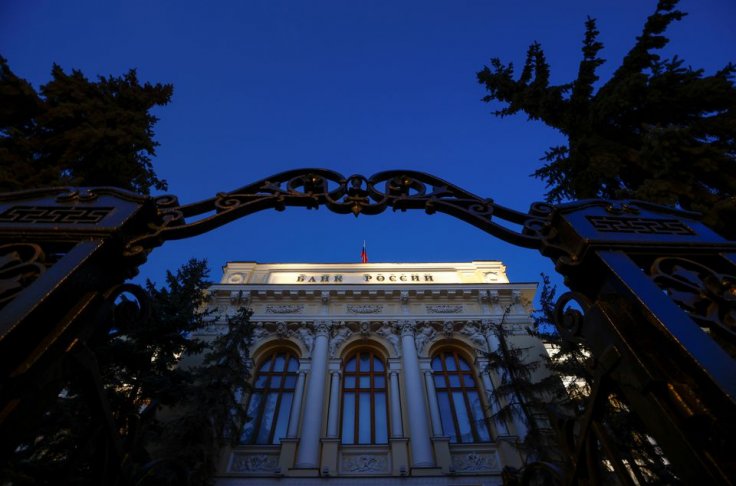The Russian ruble slumped to 100 against the US dollar, capping months of decline even as Moscow feels the squeeze from the expensive war in Ukraine and the western sanctions.
The ruble slid to a 16-month low against the dollar on Monday, marking a 40 percent side so far this year.
Loose Monetary Policy
The Kremlin insiders said the plunge in the ruble was caused mainly by a loose monetary policy by the Russian central bank. "The main source of ruble weakening and accelerating inflation is soft monetary policy... The central bank has all the tools to normalize the situation in the near future and ensure that lending rates are reduced to sustainable levels," said Maxim Oreshkin, a Kremlin economic adviser, according to Reuters.

Meanwhile, the Bank of Russia has pointed out that Moscow's shrinking balance of trade is the cause of the ruble's decline. It said Russia's current account surplus has fallen 85 percent in the period between January and July, compared with the same period last year.
Economic Vulnerabilities
Analysts said the general economic weakness could further fuel inflation pressures and lead to a hawkish policy stance from the central bankers. "Perhaps the key risk to the economy is if the government keeps fiscal policy loose to support the war effort, which would cause Russia's economic vulnerabilities to worsen further," said William Jackson, chief emerging markets economist at Capital Economics, according to CNBC.

The ruble's drop below 100 against the greenback was the first time since March 2022. At this level, the Russian currency is at its weakest since the early days of the Ukraine war, when it had plunged even lower. However, the Russian currency had recovered strongly in 2022, aided by a strong oil market.
Last week, the Bank of Russia ended foreign currency purchases on the domestic market in order to support the weak ruble.
Russia Posts GDP Growth
Meanwhile, data showed last week the Russian GDP grew by 4.9 percent year-on-year in the second quarter, beating expectations. This compared with a 1.8% contraction in the first quarter.

"The index of the physical volume of GDP (gross domestic product) in Q2 2023 relative to Q2 2022, according to preliminary estimates, totaled 104.9%. The calculation used indicators of industry statistics that showed an increase in production in the following types of economic activity: passenger turnover (+19.8%); wholesale trade (+12.5%); manufacturing (+11.3%); construction (+9.8%); retail trade (+9.0%); agriculture (+ 2.9%); and mining (+1.1%).," Rosstat said in a report.








